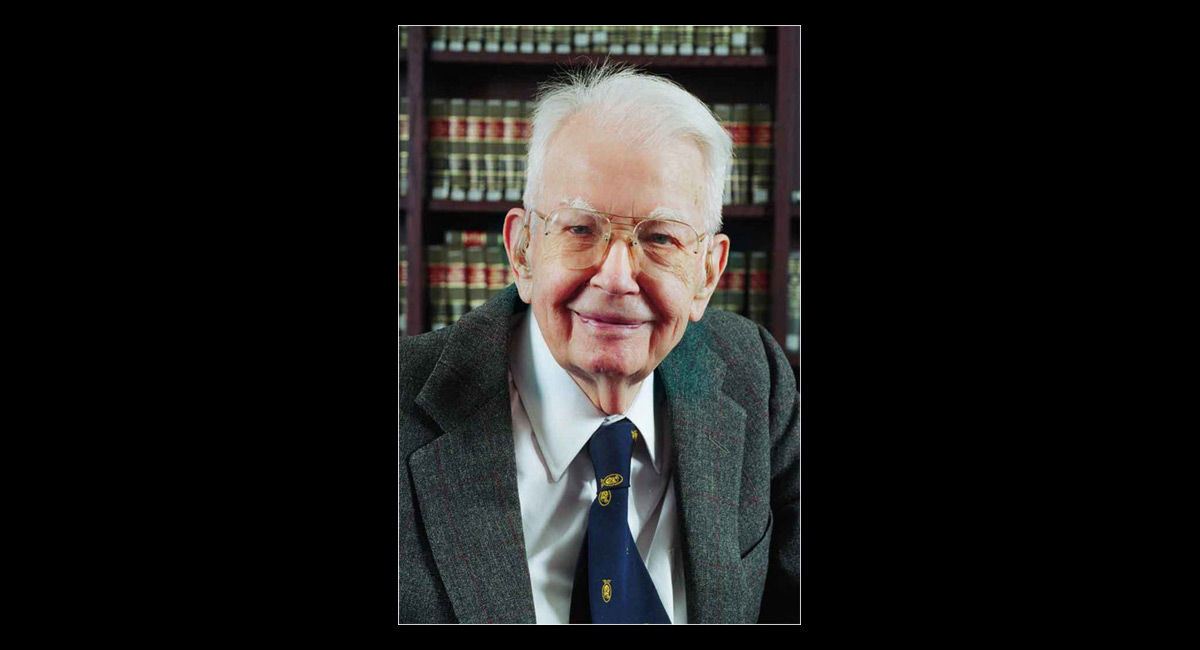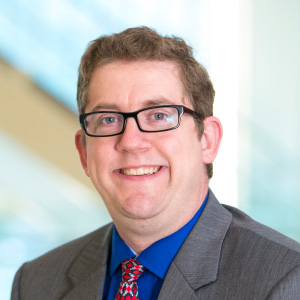At an event in 2013, the philosopher David Schmidtz told me that no matter how famous he is, Adam Smith is still underrated. I would say the same thing about the late economist Ronald Coase, who passed away later that year just a couple of months shy of his 103rd birthday. Coase was born this day in 1910, and he remained an active and productive member of the economics profession right up until his death. His book with Ning Wang, How China Became Capitalist, was published in 2012 when Coase was a centenarian.
Coase was honored with the Nobel Prize in economics in 1991 “for his discovery and clarification of the significance of transaction costs and property rights for the institutional structure and functioning of the economy.” This work would have a profound influence on economics, law, and other disciplines, and Coase’s insights figure very prominently in the work of fellow Nobel laureates Douglass C. North (who shared the prize with Robert W. Fogel in 1993) and Elinor Ostrom and Oliver Williamson (2009’s prize winners).
As befits someone of his intellectual stature, Coase did a lot of very important work. He will always be remembered, however, for two path-breaking articles. In 1937, he published an article titled “The Nature of the Firm,” which had actually started as an undergraduate project, in the journal Economica. In 1960, his article “The Problem of Social Cost” appeared in the Journal of Law and Economics. These are among the most influential papers in the social sciences: as of this writing, “The Problem of Social Cost” has almost 35,000 citations while “The Nature of the Firm” has almost 46,000.
The influence of these two articles makes it easy to overlook some of Coase’s other work. In 1959, his article “The Federal Communications Commission” appeared in the Journal of Law and Economics. It laid the foundation for “The Problem of Social Cost” and proposed an idea that now seems blindingly obvious but at the time was considered rank heresy: instead of allocating rights to use the electromagnetic spectrum politically and according to the judgments of FCC bureaucrats, spectrum use rights should be sold to the highest bidder and made fully tradeable.
In 1974, Coase published another important article, “The Lighthouse in Economics,” which explained how lighthouse services were privately provided. Lighthouses were economists’ textbook example of a public good, which is a good for which one person’s consumption does not reduce the amount available for others (non-rivalrous) and for which it is difficult or impossible to exclude non-payers (non-excludable). Due to the overwhelming free-rider problem this creates, governments (it was argued) must step in and provide lighthouses. In an award-winning article, the economists Rosolino Candela and Vincent Geloso have drawn on Coase’s original insights and explained how people have been able to cooperate for the private provision of harbor services by light ships.
Coase was forever exhorting his fellow economists to “look out the window.” His insight was simple: People will use the price mechanism when transaction costs are low. They will forgo the price mechanism when transaction costs are high. If transaction costs are low, then a lot of wrangling about liability is not particularly useful because when rights can be traded, they will end up in the hands of those who value them most. The Coase theorem, so named by Coase’s eventual University of Chicago colleague George Stigler, gets Coase’s argument wrong (of course it does) but can be stated usefully as “In the absence of transaction costs, people will bargain to an efficient outcome.”
At the outset, of course, no one believed him, including his future colleagues at the University of Chicago (he was at the University of Virginia when he wrote “The Federal Communications Commission” and “The Problem of Social Cost”). At a now-famous dinner party at the home of Aaron Director—founder of the Journal of Law and Economics, which Coase edited from 1964 to 1982—Coase convinced a very skeptical group of economists (led by Milton Friedman) that he was right.
Coase’s insights form an important part of the foundation of the fields of industrial organization and law and economics, but they are also essential to understanding environmental economics. Whether something is pollution depends on whether there is someone to bear a cost—externalities and their harms, Coase argues, are reciprocal, and it’s not at all clear that (for example) someone making a lot of noise running a chainsaw is causing a noise problem or imposing a cost on others because, after all, those within earshot who want him to stop are imposing a cost on him. In many cases (as with the electromagnetic spectrum), the “failure” isn’t of the market mechanism per se but of the society’s institutions and organizations to define property rights. As John Nye argues, the fact that people can and do make side bargains with great regularity means that it will be very difficult to calculate the “right” market-correcting tax.
Coase left an intellectual and institutional legacy. Scholars are regularly coming up with creative new ways to apply his ideas to the study of social problems, and two organizations have his insights at the center of their mission. Coase was the founding president of the International Society for New Institutional Economics (now the Society for Institutional and Organizational Economics), and an institute bearing his name runs a wide array of programs and workshops on new institutional economics around the world and provides a wide array of resources that can help people understand the ideas Coase developed and how they help us make better sense of the social world.
Like Adam Smith before him, Ronald Coase remains highly cited but still underrated. His ideas on transaction costs, rules, and organizations were influential, but as I wrote when he passed in 2013, “a few minutes with the ‘externalities’ section of almost any principles book, or a few seconds watching and listening to TV and radio discussions of environmental policy—suggests that it [“The Problem of Social Cost” specifically] is not influential enough.” By the time I’m 102, I hope I will be able to look back and see how much that has changed.









